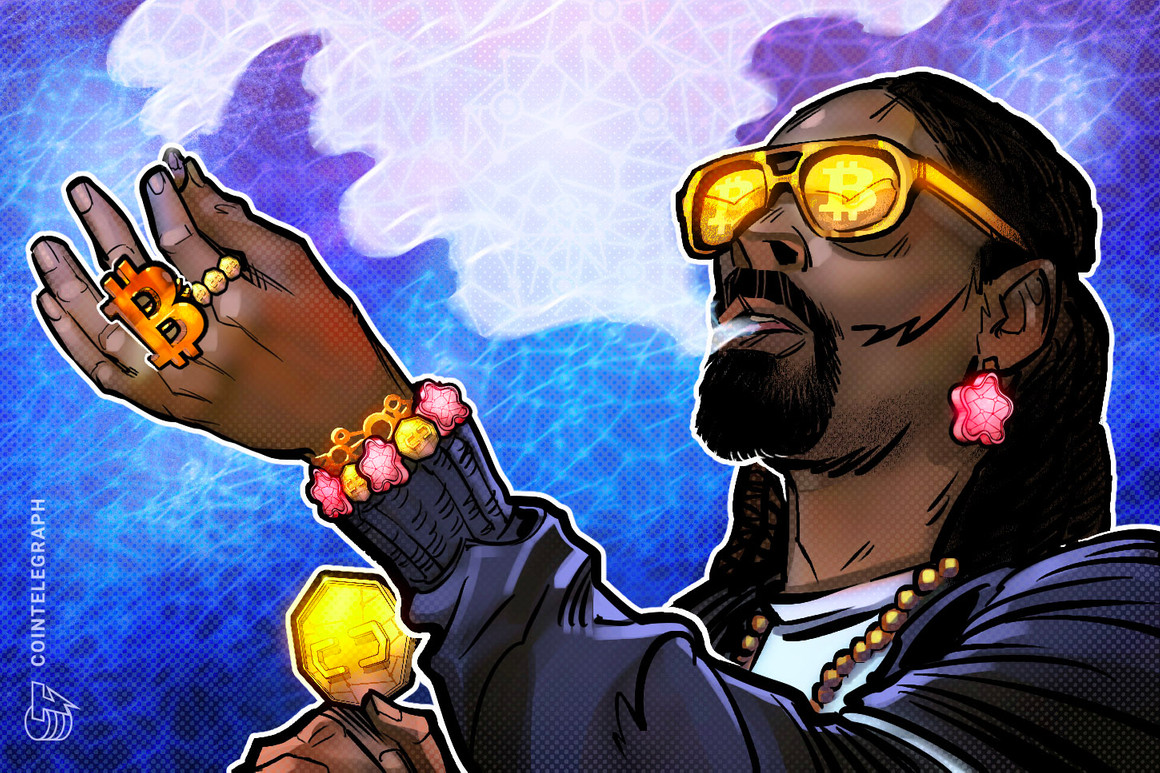New report uncovers that there are over 1,900 block-producing nodes within the Solana ecosystem.
Solana has released its “Validator Health Report”, which revealed details about its network operators. The report revealed that the network contains over 1,900 block-producing devices, with almost 1,688 (88.14%) being run by independent entities.
Solana believes that the ecosystem’s long-term health depends on the strength and health of its validators. The network was previously subject to criticism for a lack in decentralization as well as expensive validator hardware.
This new report focuses on the 3,400 validators that are spread across six continents.
9/ Distribution across geographies is important. Resilient blockchains can continue to operate through any type of global event.
This is how the stake is distributed on the @Solana network. It also includes a snapshot of Ethereum miner distribution for benchmarking. https://t.co/1jsylk9J3J pic.twitter.com/faepZ4RvYm
— Solana Foundation (@SolanaFndn)
August 10, 2022
The report also shows that activity on the network has increased over the past year. Since June last year, the network has had 95 new consensus nodes and 99 RPC nosdes each month.
Source: Solana
It was also noted that Solana’s Nakamoto Coefficient, which is the amount of validator collusion required to censor the network by validators, is 31 and growing. A chart in the report showed Solana having the highest Nakmoto Coefficient relative to other networks like Avalanche Binance and Polygon.
This report is nevertheless a result of the hack last week. The hacker stole $5.2 million from Solana ( SOL). This was done using 8,000 wallets, including Trust, Phantom, Slope and Trust.
The industry was shaken by the news and users were asked to switch to cold storage wallets in order to increase security and guard against scammers.
Related: Is your SOL secure? The Market Report
Investigative efforts into the hacking are ongoing. Experts believe that the compromise was caused by the Slope wallet. Slope is a Web3 provider for a hot wallet that supports the Solana layer-1(L1) blockchain. According to reports, the compromised wallets were “created, imported, or used” at one time in the Slope mobile app.
Expert predicted a 40% price increase in SOL prior to the hack. This was despite the bearish market conditions. The hack caused a drop in cryptocurrency prices of almost 8% and then a rebound of $40 per currency.
SOL is currently at $44 USD per coin.
Solana released its first-ever, "Validator Health Report" which revealed information on its network operators. According to...
A blog post was published Thursday by BlackRock, the world's biggest asset manager with more...
Decentralized autonomous organizations come in all sizes and flavors. Some can seem sweet; others turn sour....
Brian Newar, Cointelegraph's reporter, spoke with Alex Svanevik (CEO of blockchain data company Nansen) at...
Chainalysis analyzes the layer-1 blockchain ecosystem and asks if other L1s will continue challenging Ethereum...
While environmentalists and governments are quick to criticize Bitcoin mining's use of electricity, investors' increasing...
Daniela Barbosa discusses enterprise blockchains as well as the future of currencies in an interview...
Three blockchains have made it clear that they are ready to take in any Terra...
One crypto user lives a tough life. One sniper bot's actions and a poorly executed...
Web3 has been described by both users and outsiders alike as the Wild West. It...






